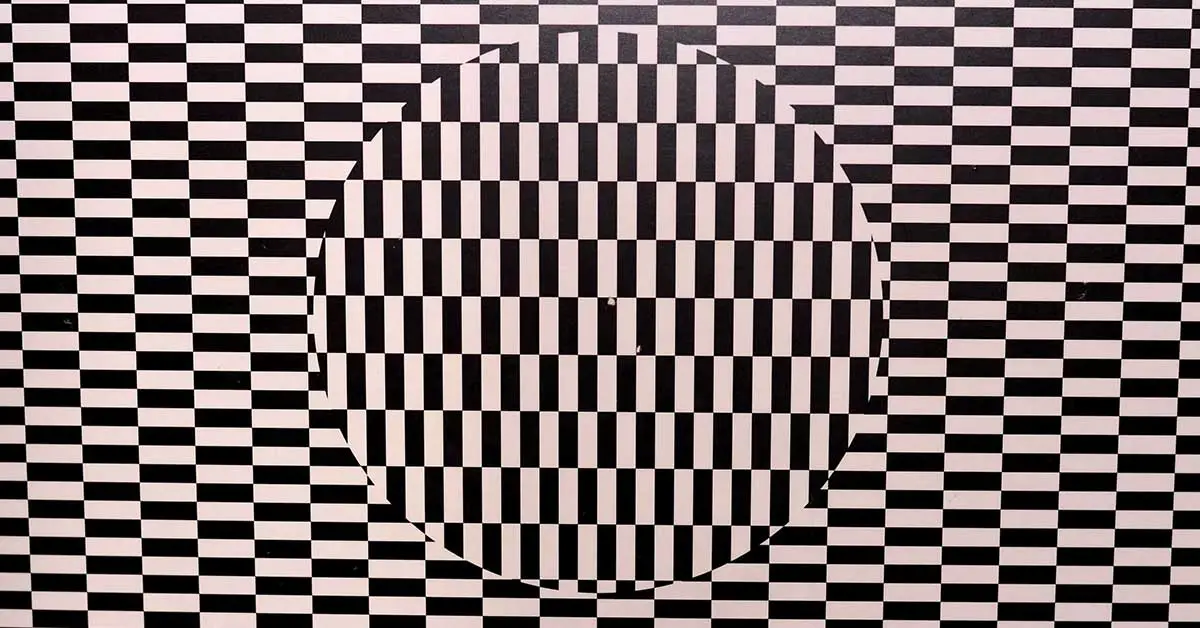Optical illusions have always been interesting to humans. Although some of us would rather have fun playing with it, others are fascinated by its movement. In fact, it is quite interesting to see how people process it. Sometimes, one can even spend hours researching how people see things that aren’t really there. Or maybe, they go on to check things out which are hidden from view.
Now while certain illusions are quite easy to decipher, some of them aren’t. And this is especially true in the case of the rectangle/circle illusion. This particular illusion has been called the coffer illusion and was originally created by Anthony Norcia. For those who are unaware, Norcia is a Psychologist as well as a vision scientist for Stanford University.
Here is the optical illusion:
The optical illusion resembles an image that has been made up with a setup of white, black, and gray lines of multiple shades. These shades create the illusion of rectangles. Now while that is pretty easy to look at, there are also 16 circles present in the image. And that is hard to find. Initially, your brain will refuse to find the circles. After all, all one can see are the straight lines. There isn’t a single curved line anywhere in sight. How is it possible that there are circles if every single line intersects the other at right angles?
Do You See Circles In This Optical Illusion?
But this is where social media is going to help you. Most of the commenters about this optical illusion could actually see the circles. One user commented, “There are twenty rectangles in 4 layers of 5. Between each rectangle is a vertical bar. Yes? Tap the image and zoom in on one of those bars. It will be the diameter of the circle you are trying to see. Zoom out to see more. I also have poor binocular vision and I can see them.”
Here is a very comprehensive answer:
Another user digitally marked out the circles for others to see. And when you see that, your entire perspective changes. “I was ‘Rectangles only’. Several replies, however, mentioned the vertical bars. Then I could switch. Focus on the verticals between the rectangles gets me to the circles. Focus on the horizontals between the circles to get the rectangles.”
But why does this dissociative shift in an optical illusion take place? According to a professor from the University of Sydney, this happens because our brain uses what we see to identify what the object is. What happens in our periphery or our blind spot may not be recognized until we zoom in on that. “For most people, the grouping into rectangles initially dominates. This may be because rectangles are often more common than circles in our daily environment, and so the brain favors the grouping that delivers rectangular shapes.”
Meanwhile, if you enjoyed this illusion, then here are some more for you to try out:

